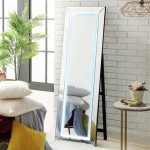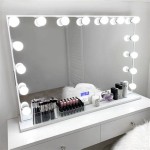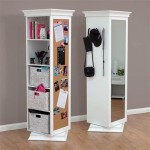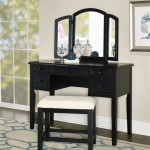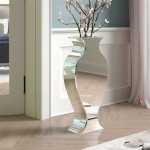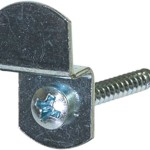Why Are My Electric Mirrors Not Working?
Electric side mirrors offer convenient adjustability, enhancing driver visibility and safety. However, like any electrical component, they can malfunction. This article explores the common causes of electric mirror failure and provides troubleshooting steps to help diagnose the issue.
One of the most frequent culprits is a blown fuse. The vehicle's fuse box, typically located under the dashboard or in the engine compartment, houses fuses protecting various electrical circuits, including the power mirrors. Check the owner's manual to identify the correct fuse for the mirrors. A visual inspection of the fuse can reveal a break in the filament. If a blown fuse is found, replace it with a new fuse of the same amperage rating.
A faulty switch can also prevent the mirrors from operating. The switch, usually located on the driver's side door panel, controls the movement of the mirrors. Repeated use can wear down the internal contacts, leading to intermittent or complete failure. Inspect the switch for any physical damage or loose connections. A multimeter can be used to test the switch's continuity. If the switch is faulty, replacement is often the most effective solution.
Wiring issues can also disrupt the power supply to the mirrors. Exposure to moisture, corrosion, or physical damage can compromise the integrity of the wires. Carefully inspect the wiring harness leading to the mirrors for any signs of damage, such as fraying, cuts, or loose connections. A wiring diagram, available in the vehicle's repair manual, can help trace the wires and identify the source of the problem. Repairing or replacing damaged wires may require professional assistance.
The mirror motor itself can also fail. The motor, housed within the mirror assembly, controls the movement of the mirror glass. Over time, the motor can wear out or become damaged, preventing the mirror from adjusting. To test the motor, disconnect the wiring harness and apply power directly to the motor terminals. If the motor does not operate, it needs replacement.
In some cases, the problem might lie within the mirror control module. This module, often located behind the door panel, manages the power distribution to the mirrors. A malfunctioning module can disrupt the signal to the motors, rendering the mirrors inoperable. Diagnostic tools may be necessary to pinpoint a faulty module. Replacing the module typically requires specialized knowledge and tools.
Frozen mirror components can also prevent movement, particularly in colder climates. Ice or frost can accumulate around the mirror housing and restrict the movement of the mirror glass. Using a de-icer spray or allowing the vehicle to warm up can typically resolve this issue. Avoid forcing the mirrors to move when frozen, as this can damage the motor or other components.
Loose or damaged connections within the mirror assembly can interrupt the electrical circuit. Inspect the connections between the motor, wiring harness, and other components within the mirror assembly. Ensure all connections are secure and free from corrosion. Cleaning the connections with electrical contact cleaner can improve conductivity.
A failing vehicle battery can also cause electrical issues, including problems with the power mirrors. A low battery voltage may not provide sufficient power to operate the mirrors effectively. Test the battery voltage using a multimeter. If the voltage is low, charging or replacing the battery may resolve the issue.
The vehicle's internal computer system, often referred to as the body control module (BCM), can also influence the operation of the power mirrors. The BCM monitors and controls various electrical functions within the vehicle. A malfunctioning BCM can disrupt the signals to the mirrors. Diagnostic scanning tools are typically required to diagnose BCM-related problems.
Aftermarket modifications or installations can sometimes interfere with the existing electrical systems, including the power mirrors. If the mirrors stopped working after such modifications, carefully review the installation process to ensure no wires were inadvertently damaged or disconnected. Consult a qualified technician if necessary.
In complex electrical systems, diagnosing the exact cause of a malfunction can be challenging. If the troubleshooting steps described above do not resolve the issue, consulting a qualified automotive electrician is recommended. They possess the expertise and diagnostic tools to pinpoint the problem accurately and recommend the appropriate repairs.
Regular maintenance and careful inspection of the electrical components can help prevent future issues with the power mirrors. Keeping the connections clean and free from corrosion, addressing any signs of damage promptly, and avoiding forcing the mirrors to move when obstructed can prolong their lifespan and ensure optimal functionality.

How To Fix Power Mirrors Not Working 1a Auto

Why Power Mirror Does Not Work On Ford Mirrors Working Fix

Why Is My Side Mirror Not Working Bemac

How To Fix Power Mirrors Not Working 1a Auto

How To Fix Power Mirrors Not Working 1a Auto

Common Electric Mirror Malfunctions And How To Fix Them In The Garage With Carparts Com

How To Fix A Car Mirror That Won T Move Chev Suburban

How To Fix Power Mirrors Not Working 1a Auto

Why Hyundai Or Kia Wing Mirrors Wont Fold Out

Haynes Explains How To Replace Door Mirror Glass

